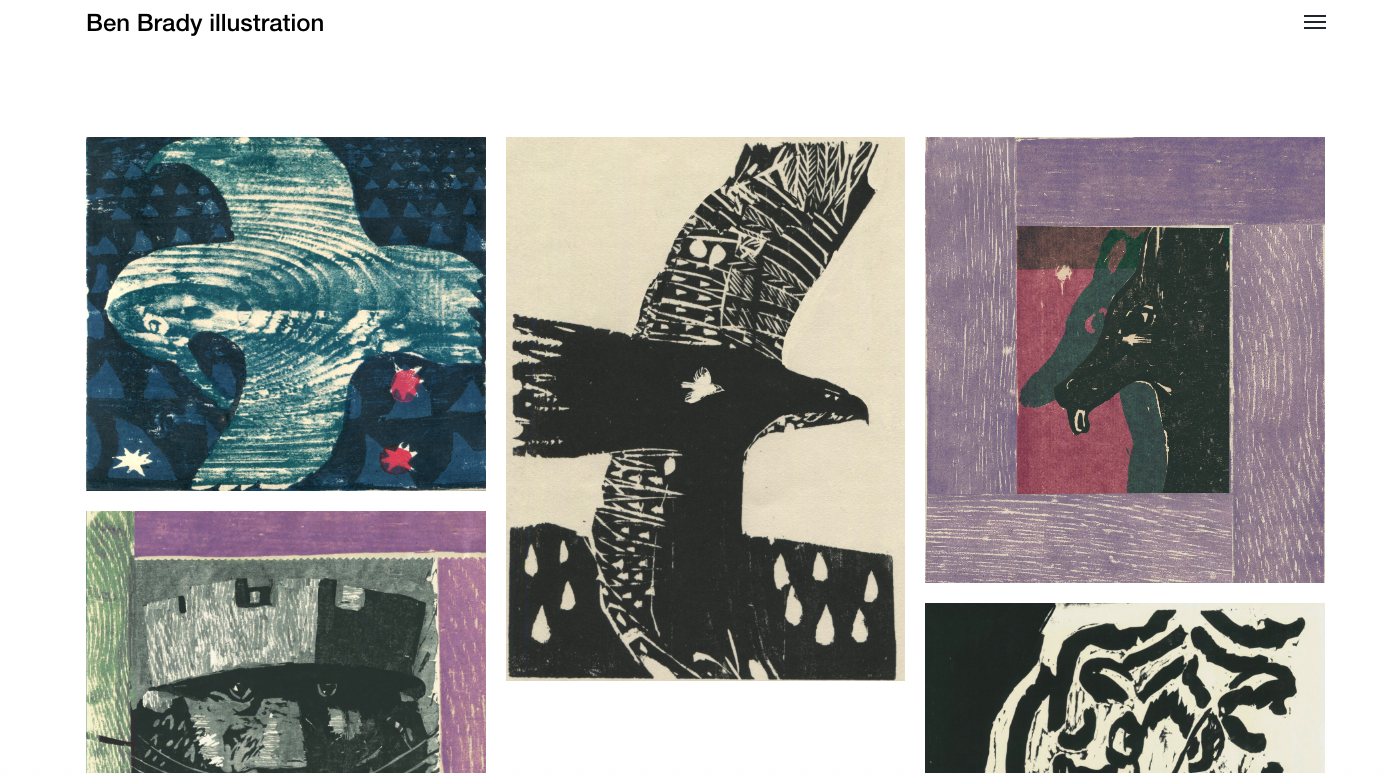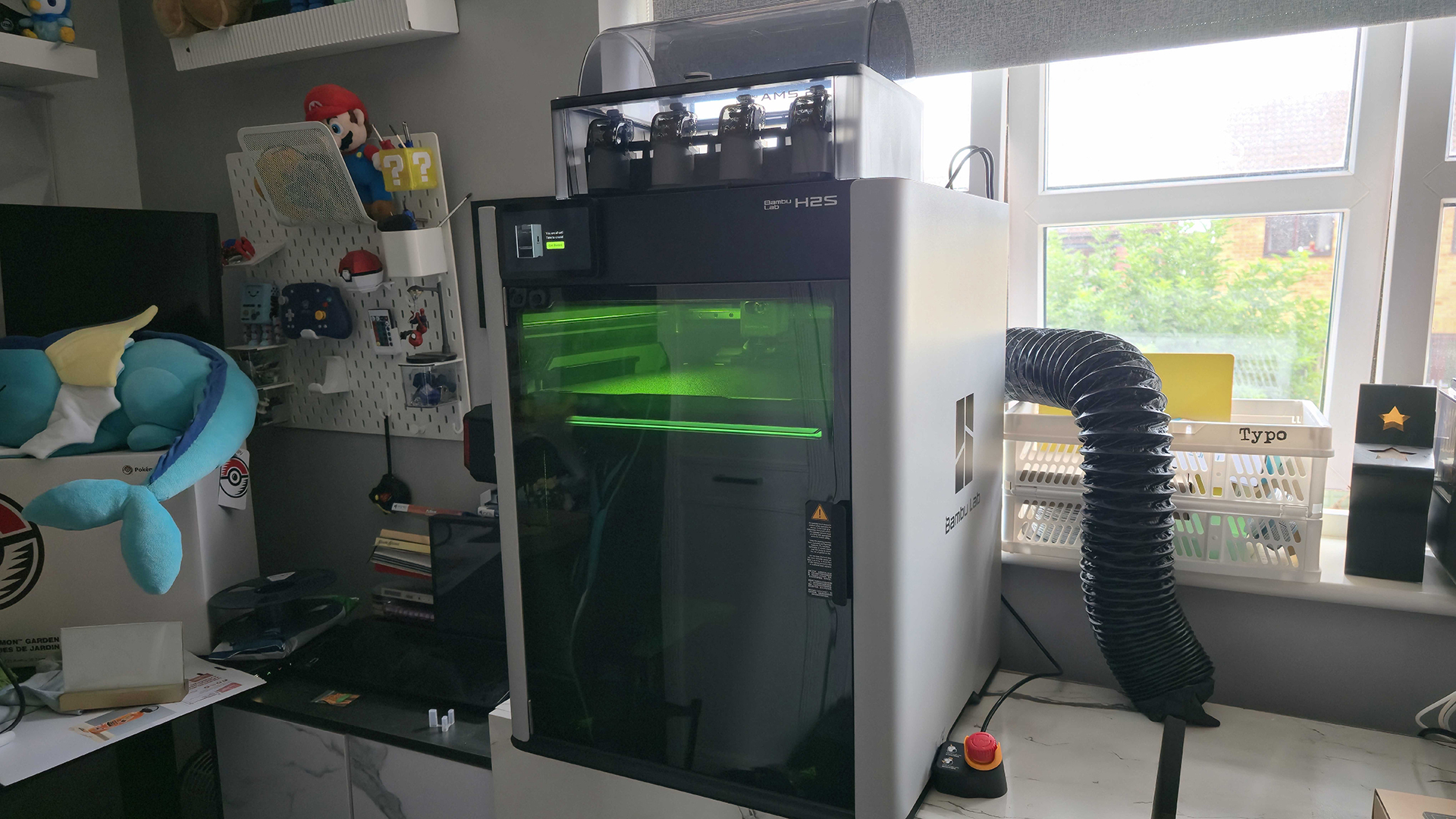So you want to be a designer? Read this before you apply to art school
I weigh up the pros and cons of each approach.

Here's something that might surprise you: more than a third of professional designers don't have a formal design degree. Yep, you read that right.
A survey of 10,000 freelancers carried out by 99design by Vista revealed that 36% had never set foot in a traditional design classroom, even though they have thriving design careers and regular clients. Even better? Two-thirds of these self-made creatives said that they’ve never experienced any negative reactions from either clients or employers as a result.
So if you're wondering whether you need to shell out thousands for art school or if there’s another way to make it as a famous graphic designer, you're asking the right questions. The truth is, there's no single "right" way to become a designer anymore, so let's break down your options.
Design school

Ultimately, there's a reason design schools exist: they provide a lot of great value and opportunities that can absolutely be worth the investment for you as an individual. Here's what you actually get when you go the formal education route:
The good stuff
- You'll learn the 'why' behind design, not just the 'how'. Learning things like colour theory, typography principles, and design history from experienced teachers gives you a really thorough foundation that will show up in and underpin your work for years to come.
- Built-in networking. Your classmates of today could be your collaborators or employers tomorrow. Those late-night studio sessions create bonds that last, and also provide you with a peer support network that can be incredibly helpful as you embark on your creative career.
- Art schools and universities will give you access to expensive software and equipment you probably can't afford yet. Want to try that $5,000 3D printer? It's sitting right there in the lab for you.
- Another valuable part of formal degree programs is consistent and structured feedback from professors and peers. Having people critique your work regularly (even when it stings) makes you better, faster.
- Finally, there’s definitely some companies out there that still filter applications and resumes by degree requirements (especially larger corporates), so this is worth considering depending on your career goals.
The not-so-good stuff:
- The price tag. We're talking tens of thousands of dollars and several years of your life. That's a lot of ramen dinners and student loan re-payments!
- By the time you graduate, some of what you learned might already be outdated. Design tools evolve faster than curriculum committees meet, especially given the rapid rise of AI tools, models and features.
- It generally takes a bit longer to start getting real industry experience. Clients don't necessarily behave like your professors, and real deadlines hit differently so it can end up a little bit like learning in a bubble.
The self-taught path

Conversely, the beauty of going it alone is that you're immediately applying what you learn. You're not waiting three or four years to start your 'real' career – you're most likely building it as you go.
Self-taught designers often have a scrappiness and adaptability that's hard to replicate or teach in a classroom, and it’s generally underpinned by real world experience – both in and outside of the design industry. They learn by doing, failing, and figuring it out and it builds a resilience and client base from day one.
This route also complements a natural affinity that designers tend to have for continuous, self-directed learning throughout their careers, with almost 80% of freelancers sharing that they’d learned a new skill in the past six months regardless of their tenure in the industry.
What self-taught designers do right:
- They use YouTube like it's their personal design school (67% of freelancers regularly upskill using videos from creators and other professionals).
- They jump into platforms like Skillshare, LinkedIn Learning and Coursera for structured learning (often from notable institutions, organisations and brands) without the associated price tag of a degree.
- They join design communities on Discord, Reddit, or specialised forums where they can get feedback and learn from others, replicating the kind of feedback and peer mechanisms that formal education provides.
- They start taking on real projects early and finding clients on online design platforms like 99designs, even if they're small or free at first.
Possible challenges to consider:
- Learning on the job requires a lot of discipline and drive. Be honest with yourself when you’re thinking about your next steps: some people need the structure and accountability that comes with formal education, and that is totally ok!
- It can be lonely. Without classmates you have to be a lot more intentional about building your network and peer support group, which will take a bit more effort if you’re driving your own learning.
- Think about what kind of design work you want to ultimately do. Some fields are more open to self-taught designers, or designers with diverse professional backgrounds, while others are more traditional and prefer formal credentials.
A hybrid approach
However it doesn’t always have to be a straight up either or situation when it comes to design education. There are really effective ways to find a middle ground and combine a mix of formal and self-directed learning too.
Maybe you take a few key courses in person or online but skip the full degree, or leverage an existing degree in another discipline (e.g. in marketing or psychology) in a creative way that adds an intriguing layer to your design skills for potential employers. Alternatively, investing in an intensive short course or bootcamp like Shillington can also be a fantastic way to supercharge your design education in a way that channels the best of both worlds in a more flexible way.
Remember there's no rule that says you have to pick just one path, so think carefully about your own circumstances and experience and don’t be afraid to carve your own path.
Daily design news, reviews, how-tos and more, as picked by the editors.
Practical tips for either path
01. Start building your portfolio today

This is non-negotiable. Even if you're planning to go to design school, start creating (and regularly updating) this now. Your design portfolio is your calling card, and it matters way more than where you went to school. Think about including personal projects that showcase your unique style and interests, and remember that three-five really strong pieces speak louder than 20 mediocre ones.
02. Be clear about your learning style
Are you someone who needs structure, or do you thrive with freedom? Do you learn better by watching, reading, or doing? Try and be as honest as you can about this – it'll save you time and money in the long run.
03. Master the fundamentals early
Whether you're in school or teaching yourself, nail your understanding of typography, colour theory, composition and layout principles to ensure you have a rock solid foundation of knowledge.
04. Connect with other designers
Building a community and network is incredibly valuable, so don’t sleep on getting started. Think about online spaces you can join to start connecting (Reddit communities, online platforms) as well as local in-person events or creative meetups. See our how to network piece for more tips.
05. Learn the business side
Design opens up a lot of doors, and offers endless creative opportunities. But being a great designer is only half the story. Knowing how to communicate effectively with clients and understand (or coax out) their needs from a brief, managing deadlines, pricing and competing priorities, as well as presenting confidently and handling criticism and revisions without taking things personally are all skills that you can learn.
Should I get a degree or not?
At the end of the day, your success as a designer won't be determined by whether you have a degree or not. It'll be determined by your skills, your work ethic, your ability to solve problems, and how well you can work with other people.
The design industry cares about what you can do, not where you learned to do it. Focus on building an amazing portfolio, developing both your technical and soft skills, and never stop learning. The field changes too quickly for anyone to coast, so whether you choose the classroom, internet or a combination of the two remember that becoming a designer is a journey, not a destination.

Patrick Llewellyn is CEO of 99designs by Vista, the global creative platform that makes it easy for small businesses to work with professional freelance designers around the world. 99designs has paid out more than US$400m to its creative community to date, working across brand and logo design, packaging, web design and more.
You must confirm your public display name before commenting
Please logout and then login again, you will then be prompted to enter your display name.
